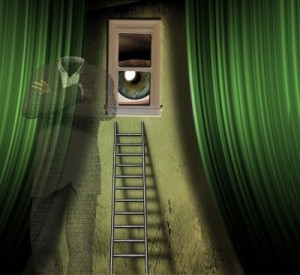 Lucid (clear) dreaming is the awareness that you are in a dream state while you are asleep. It is believed that there are some lucid dreams that you can control and some that you cannot. For example, you can influence the dream setting or the people and events appearing in it. Lucid dreams can heighten your ability to influence the twists and turns that are occurring in your dream.
Lucid (clear) dreaming is the awareness that you are in a dream state while you are asleep. It is believed that there are some lucid dreams that you can control and some that you cannot. For example, you can influence the dream setting or the people and events appearing in it. Lucid dreams can heighten your ability to influence the twists and turns that are occurring in your dream.
Research shows that people have at least one lucid dream during their lifetime. These types of dreams are a natural occurrence. You can set the stage for your lucid dream, thus producing many potential benefits to your waking life. You can overcome fears, stop nightmares, heal your mind, body and spirit, solve problems, relieve stress and enhance your spirituality.
Lucid dreaming can be learned by practicing techniques of dream recall and performing mental exercises. There are even electronic lucid dream induction devices available to help in the process. These devices send light cues to the sleeper and detect rapid eye movement (REM), the deepest part of sleep. When adjusted properly, these devices can assist in speeding up the process of learning to dream lucidly.
It is not a recent discovery, it dates back to ancient times. St. Augustine of Hippo, in 415 AD made reference to the phenomena and the Tibetan monks practiced Dream Yoga, where experiencing lucidity in dreams helped them to achieve enlightenment, or a higher consciousness. The term lucid dreaming was coined by the Dutch psychologist Frederick van Eeden. In the 1960s, Celia Green explained the potential for self-awareness in dreams. The British parapsychologist Keith Hearne produced the first evidence of lucid dreaming in the 1970s. At Stanford University, Dr. Stephen LaBerge began experimenting with and researching lucid dreaming and published his findings. He founded the Lucidity Institute in 1987 to further explore the subject.
For information on dream interpretation, visit the Dreaming Room.

